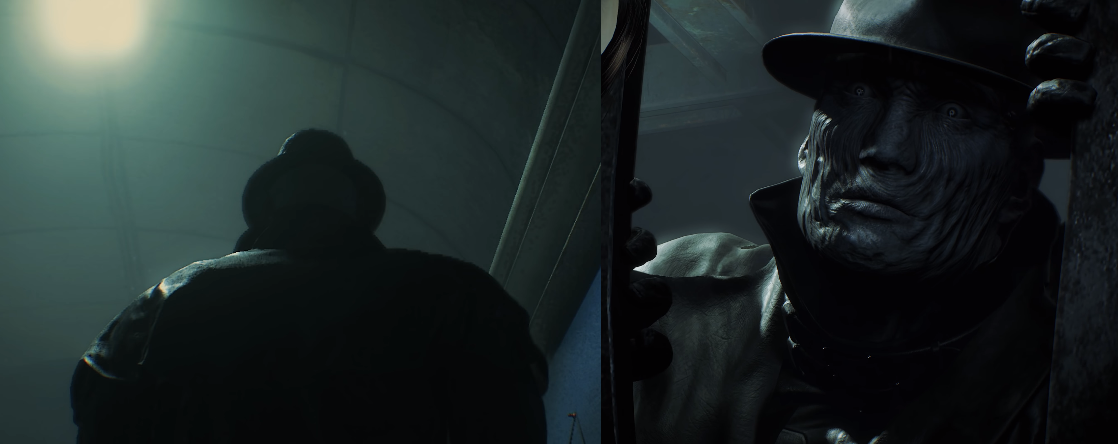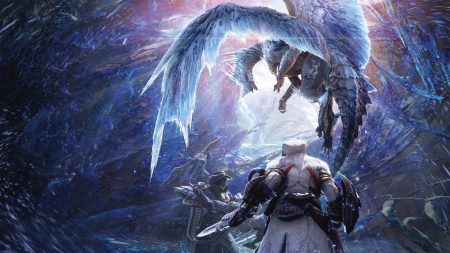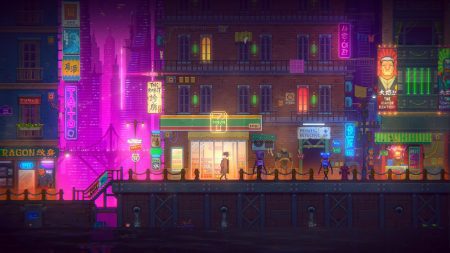“The oldest and strongest emotion of mankind is fear, and the oldest and strongest kind of fear is fear of the unknown.”
– H.P. Lovecraft
Fear is something that can excite and terrify gamers, be it the fear of losing to a boss on your final life, or fear that the creature stalking the halls will find you. Fear is something most modern day horror games claim to be able to invoke in their audience; however, this couldn’t be further from the truth. Most modern horror games rely solely on jump scares as a way of causing fear, but this fear is often short-lived and easily forgotten. Real fear is a foreboding sense of dread; it’s being afraid to continue on your journey because you have no idea what you might unearth as a result. Now, you’ll notice I said most, and not all, modern horrors rely on these tactics, as there are a few exceptions. There have been a few very good horror games in the last few years that have been able to frighten and disturb their player base with minimal reliance on having something jumping and screaming at the player to scare them.
Games like the wonderful Alien Isolation. While the experience does have some jump scares, Isolation relies more on building an overwhelming sense of dread and maintaining the constant fear of stumbling upon the Xenomorph, androids, and even the hostile humans aboard the ship. The game puts you in such a claustrophobic space that you find yourself feeling like a rat in a snake tank, constantly running away and hiding from the hungry predator.
Another game that plays with the idea of a looming threat is the recent Resident Evil 2 remake. This modern update to a horror classic has the player dealing with the omnipresent Mr. X, a buffed-up Squidward who looks like he did his clothes shopping at Hot Topic. While his appearance may be silly, he is nothing to be laughed at, as he will stalk the player throughout the game in both playable scenarios and is (unfortunately) unkillable outside of set boss arenas. This means if you see Mr. X, you’d better get running, and fast, because he’s coming for you and there isn’t a damn thing you can do to stop him.

But today I’d like to propose that a more sinister horror become more prevalent in gaming. A horror that eats at your very sanity and makes you question your resolve: cosmic horror. This is a branch of horror made popular by author Howard Phillips Lovecraft, who set his works in a world where great deities could alter the very fabric of reality and would tear apart the minds of those who dared to gaze upon them. You might recognize the name Cthulhu, an eldritch god that has become very popular in mainstream media. Cthulhu is from the aptly named “Call of Cthulhu” by H.P. Lovecraft, and is just one of the colossal horrors woven within Lovecraft’s mythos. Lovecraft filled his works with formless and horrific creatures and gods that would cause even the strongest of minds to unravel at the seams.
I’m happy that, as of late, a few developers have taken the plunge into Lovecraftian horror games and seen great success as a result. There is more to this style of horror than jump scares and set pieces; it is more about unnerving the player and causing that primal fear of the unknown. Lovecraftian horror is about making the player question and grow distrustful of the very world around them, as if they feel like just below the surface of what they see, a much more sinister truth lies in wait.
A great example of a recent Lovecraftian horror game would be The Sinking City, an open-world adventure that is, without a doubt, the greatest love letter to Lovecraft’s work the games industry has ever seen. As a massive fan of Lovecraft’s work, I understood even the most niche references the game’s developers hid within the world and could see the real love they had for the author’s books.
The Sinking City does a number of things to make the player confused and afraid of their surroundings. The presence of a “sanity” meter is a delightful touch that sees the player character descend into madness as they see more unnatural and eldritch signs within the game world. The game does not rely on jump scares and predictable tropes, but on setting up a world that is falling apart and teeming with horrors. Some other successful examples of games that play with the human psyche include Darkest Dungeon, Call of Cthulhu, and a much older game named Eternal Darkness (check it out if you get the chance).
You may be asking how it’s possible for developers to truly relay the feeling of insanity to a game world, and to this I turn to both The Sinking City and Eternal Darkness for examples. In The Sinking City, the lower your sanity meter falls, the more the world around you begins to blur, to the point that it even seems as if parts of the world have submerged underwater. Not only that, but shadowy versions of common enemies will appear; while they only take one hit to kill, they can in fact hurt the player character, showing the damaging effects the mind can have on the body.
In Eternal Darkness, the game is focused less on messing with the player character and more with the players themselves. If your sanity meter dips too low in-game and you try to save your progress, you might instead be greeted with a message saying “Deleting Saved Data,” causing the player to panic as they think they are about to lose hours of gameplay. Eternal Darkness does other novel things to perturb the player, like having cockroaches crawl across the screen, making the player character grow and shrink within rooms, and much more. These examples show that if done right, playing with sanity within a game world can be extremely effective.

Another commonly cited issue with bringing Lovecraftian influences to horror games is that the majority of H.P. Lovecraft’s monsters and deities are described as being formless masses of tentacles, eyes, and mouths. For an example of how to deal with the issue, I turn to one of my all-time favorite games, Bloodborne.
Bloodborne was advertised as a game about hunting beasts, and indeed, for the first half of the game, you are doing exactly that. That is, until you make your way through the Forbidden Woods section of the game, and things turn very cosmic, very quickly. Bloodborne switches from a game about hunting werewolves and monsters to one about battling cosmic horrors and eldritch gods. It borrows heavily from the stories of Lovecraft, in a way that blends into its own unique style.
Bloodborne incorporates the ideas of elder gods and sanity by creating its own deities and nightmarish creatures. It stays within its own style, while playing on the familiar tellings of Lovecraft’s mythos. For instance, one in-game boss, the Brain of Mensis, is a reference to shoggoths: masses of eyes and tentacles within the Cthulhu mythos that can drive one mad upon looking at them. The Brain of Mensis has a similar mechanic within Bloodborne: If you look at the boss for too long, you get “frenzied” and lose a massive chunk of your health. The mechanic is but one in-game example of how your player character struggles to comprehend the eldritch nightmares of Bloodborne’s world. (As an aside, I highly suggest you look at some of the game’s creature designs, as they show how something eldritch can be given nightmarish form.)
I’m hoping we see more horror and Lovecraftian games in the future (if Rock Pocket Games’ upcoming Moons of Madness is any indication, we may be heading in the right direction). After all, they have such a unique way of building worlds, weaving narratives, and, of course, driving us mad.
Colin is a nerdy guy from Ireland. He has five tattoos based on games and many more planned. His favorite game of all time is Dark Souls, with Bloodborne being a close second.
He likes making opinionated videos and writing thought-provoking articles.
You can follow him on Twitter @ColinTedDoyle to keep up to date with his work on the site.









